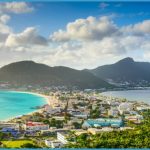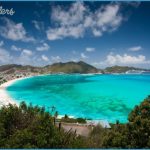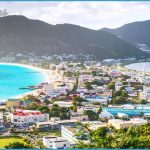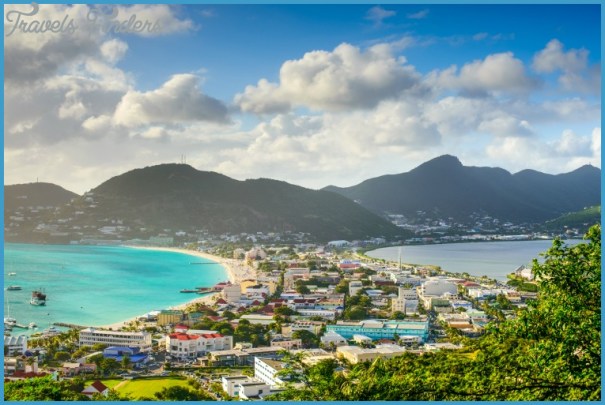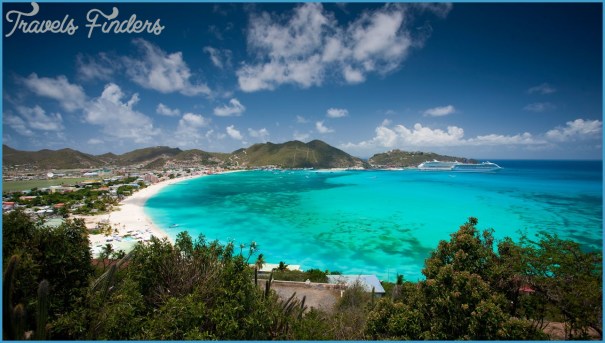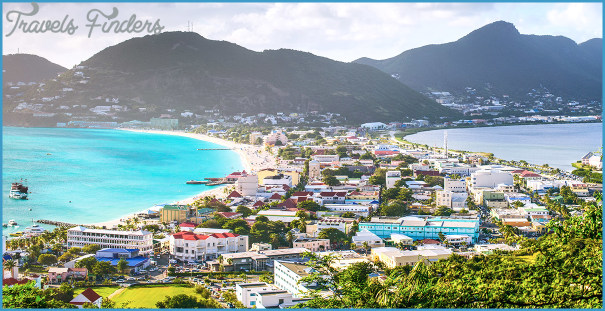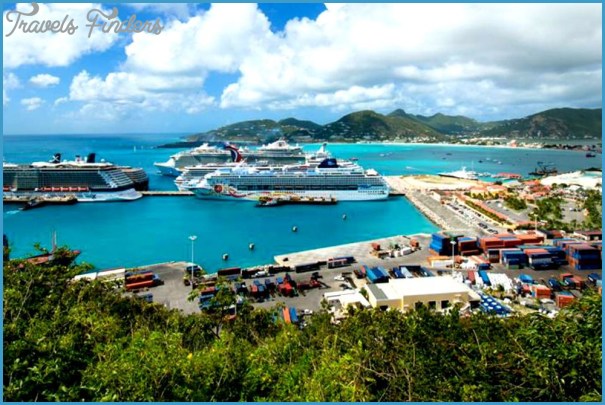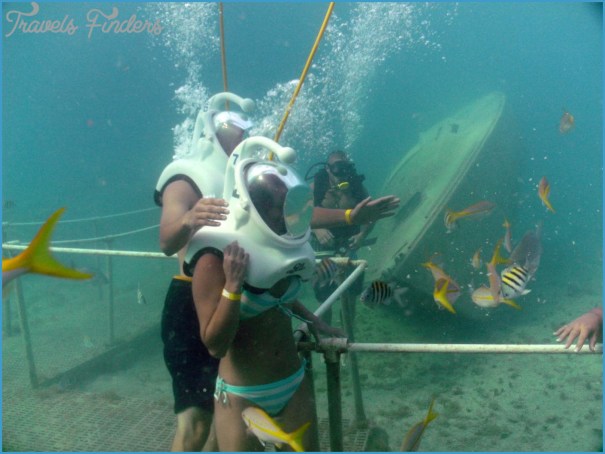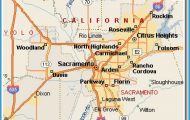About:
St. Maarten is the smallest island in the world ever to have been partitioned between two different nations, the French and the Dutch in the Lesser Antilles of Eastern Caribbean have shared St. Martin/St. Maarten for almost 350 years. The border is almost imperceptible, and people cross back and forth without ever realizing they are entering a new country. The only marker is a monument between Union Road and Bellevue.
Located midway through the chain of islands in the Caribbean, just as the Antilles begin to curve to the south, with balmy weather, sun drenched powder white beaches, modern resorts, gourmet dining, dazzling casinos, and the best duty-free shopping in the Eastern Caribbean, people find it easy to worship this heavenly island paradise. The Population is
27,000 and made up of a mix of Dutch Europeans and Spanish descent. The official language is French, though most speak English as well. In addition, a significant number of the tourists speak a heavily slurred dialect of an undetermined origin.
Climate :
St. Maarten is sunny and warm year-round, averaging 82 degrees Fahrenheit in summer and just 2 degrees cooler in winter. The island is buffeted by cooling trade winds that keep things temperate all year long. Average annual rainfall comes to about 45 inches, most of which occurs around late summer and early fall. St Maarten is the land of perpetual summer, and the beach life is perfect 24/7 year round. Mid-December to mid-April the busiest season. The Venezuelan goddesses that you’ll be meeting in the brothels are unusually damp during both the wet season and dry season, although this may be more indicative of the tourist cash you are packing, than what your trousers are packing.
St. Maarten Photo Gallery
Entry Requirements :
From the US, no visa or passport is required. Judging from the security personnel here, no IQ is required either. Arriving at Juliana Airport, US & Canadian citizens can stay up to three months. Others need a valid passport. If entering on the French side: EU citizens need an official identity card, valid passport or French carte de sejour (visitor card); US & Canadian nationals can stay up to two weeks (maximum three months, on request) without a passport if they have the same documentation required for the Dutch side. Citizens of most other countries need both a valid passport and a visa.
Money Matters :
As U.S. dollars are widely accepted on both the Dutch and the French sides, visitors do not need to exchange their U.S. money for a visit to the island. Official currency of the Dutch side is the Netherlands Antilles florin or guilder (NAF). Official currency of the French side is the Euro. Nearly all prices are listed in U.S. dollars as well as the local currency, so there’s no need for calculating exchange rates. Hookers phone numbers written in lipstick on napkins are not considered currency on either the French or Dutch side.
Tipping :
Most hotels and restaurants add between 10 percent and 15 percent to the bill as a service charge. Tip more if your waitress is topless. If she’s under the table devouring your banana for dessert, be a good sport and give her a healthy cream topping for a tip.
Taxi drivers expect 50 cents or $1 for short runs and more for an extended narrated tour. As always, inquire if he knows any young horny local chicas looking for hedonistic drunk studs.

